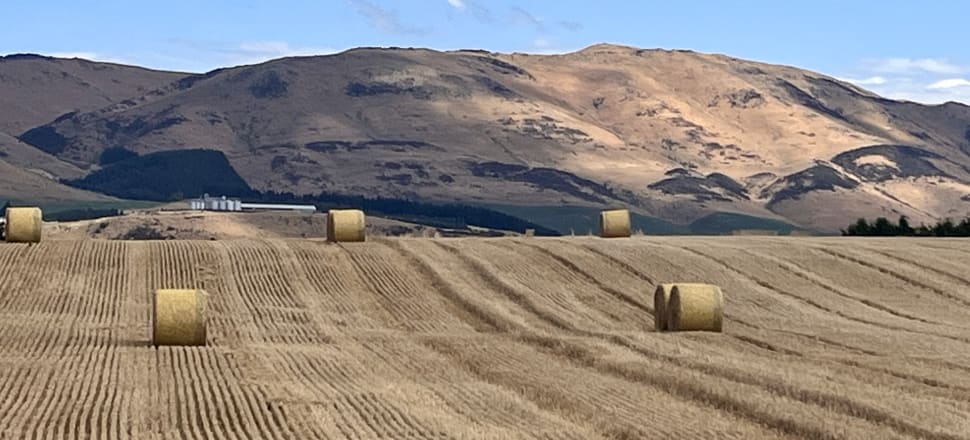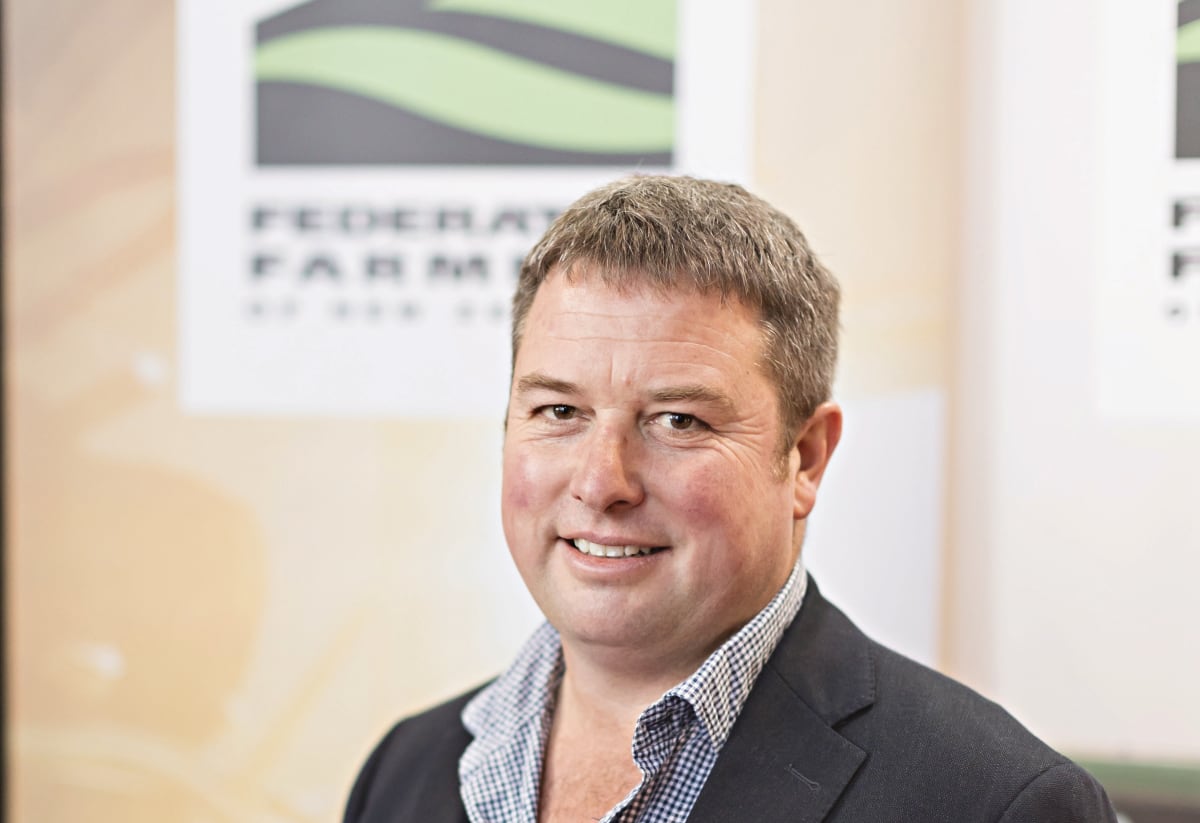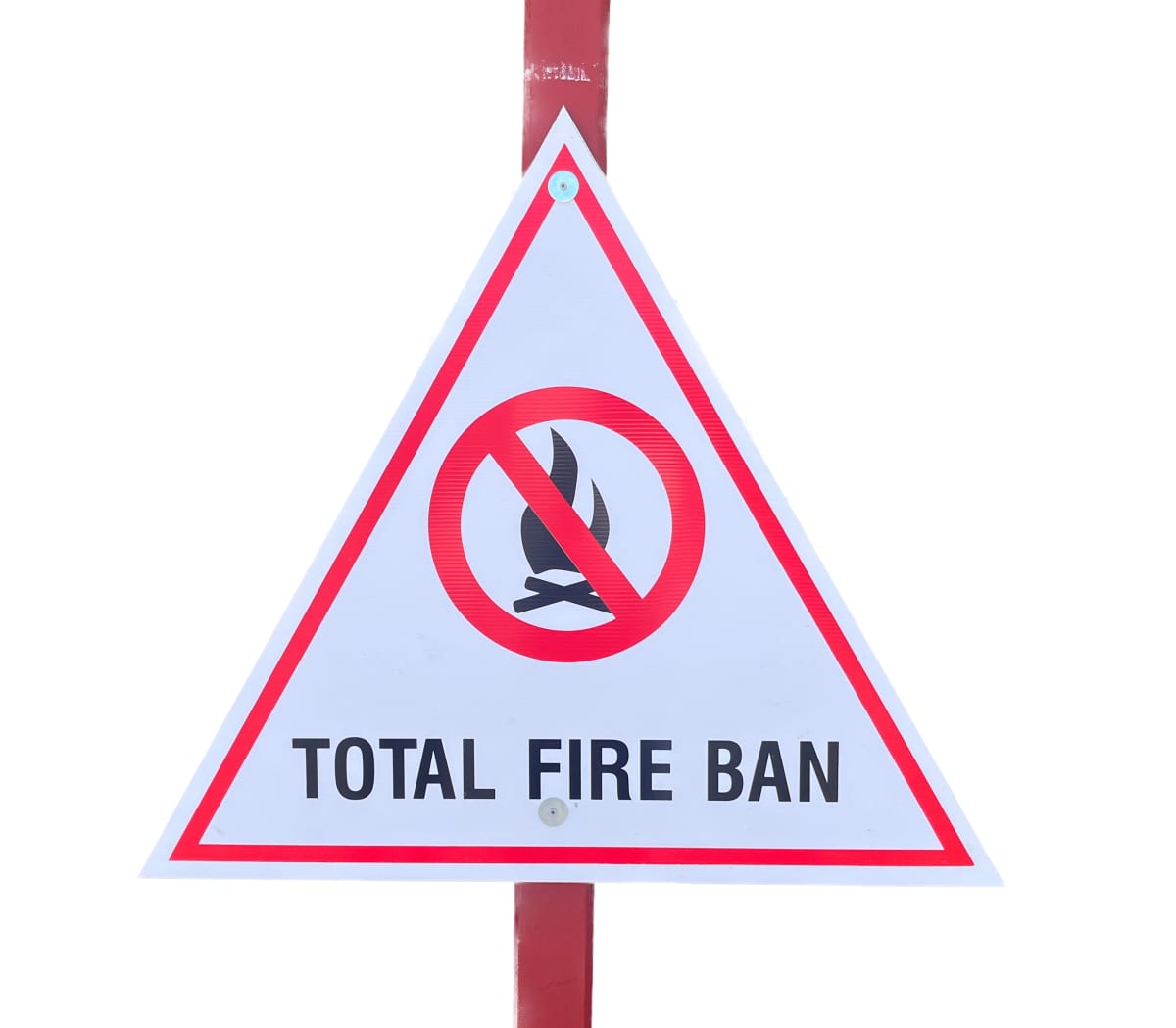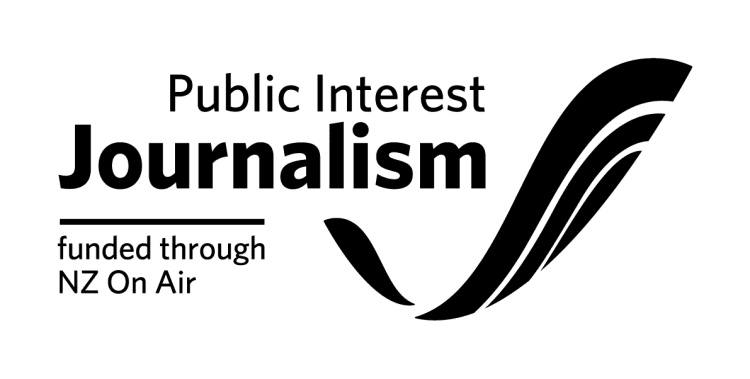
Drought-hit Southland has had welcome rain but more is needed before water and fire restrictions are lifted
A powerful southerly brought chilly temperatures and rain to the south last week, a brief respite for farmers in the driest parts of Southland.
However, fire and water restrictions including sprinkler bans remain.
Environment Southland chief scientist Karen Wilson says 20-35mm of rain fell across the province last week and more is forecast.
“This will likely see rivers rise slightly for a short period and provide some temporary relief for freshwater ecosystems.
“However, further sustained rainfall is required to bring water levels back up to within a normal range.”
Niwa declared Southland to be in a drought last week and that continues despite the rainfall. A Niwa spokesperson told Newsroom the “rain will ease the drought but it will still be abnormally dry”.
Southland has basked in sunshine this summer with temperatures in some parts of the province reaching the low 30s.
That prompted a Met Service “active heat alert” for Invercargill and Gore in late January.
That month’s rainfall for parts of Southland was less than 20 percent of normal.
MetService broadcast meteorologist Angus Hines says the first three weeks of February were very warm.
Invercargill’s 24-hour average temperature has been 16.4 degrees compared with the historical maximum average for February of 13.6 degrees, he says.
Hines says the outlook for Southland is mostly fine and dry for the next couple of days, although there is a chance of more rain towards the end of this week.
There is good news, too, for residents of Mossburn in northern Southland who were told in early February to conserve water as the town’s supply reached critically low levels.
The water restrictions are due to be eased to align with other parts of Southland as a new bore is commissioned.
La Niña trumps El Niño
La Niña is the key climate driver for the warm weather and tinder-dry conditions.
Niwa warned Southlanders at the start of last week to brace themselves for a cold snap with temperatures expected to drop by 10 to 15 degrees. But temperatures in the low-20s returned in time for the weekend in Southland’s most drought-prone areas.
Federated Farmers Southland president Chris Dillon says pockets of the countryside are still very dry.
Upper northern Southland, Te Anau and the surrounding basin and most of eastern Southland are the worst drought-affected areas, he says.

Farmers in those areas are supplementary feeding and destocking where they can.
“It is summer and that is what we experience here in February, but it’s whether this rain is enough to turn things around. If we get some follow-up we should be fine.”
Farmers stocked up on supplementary feed during the “growthy” spring and early summer.
Hamish McClean, who farms Burwood Station, a 3700ha sheep and beef operation in the Te Anau basin, doesn’t expect the rain to break the drought he’s experiencing.
“We are getting a bit of rain but I’m not holding my breath that we are getting enough. We need rain now and in four or five days to really make much impact.”
McClean says his farm is dryer earlier than it was last year, when it was also affected by drought.
“We had a dry autumn last year but we are probably a month ahead of where we were this time last year.
“All my north-facing country is burnt out, which means it’s brown and there is no feed on it. We are doing okay, but we need rain.”
McClean began reducing his lamb flock after Christmas in anticipation of the dry summer.
“You make a good early decision and get on with it and you never regret it.
“If it doesn’t rain, what’s your plan B? It’s about having a plan A, B and sometimes C.”
Surf’s up
Some Southland businesses are thriving in the conditions. Southland Surf School owner Jess Wallace says it’s the busiest season she’s had.
“I’ve had more clients than ever - it’s been a mad season for me with the amazing La Niña weather.
“Normally it’s El Niño and the rest of the country is getting beautiful weather while we get westerly or southwesterly weather patterns that can set in for weeks if not months. But this year we’ve had a lot of easterlies.
“It’s been the most beautiful summer. I would normally skite about how good it is on Facebook but I just feel so bad for the rest of the country … I feel guilty.”
Sprinkler and fire bans continue
A Southland-wide sprinkler and unattended hose ban is still in place including in Invercargill.
A Southland District Council spokeswomen says “unfortunately the recent rain has no effect on the underground aquifer levels so the bans will not be lifted in the foreseeable future. But we do revaluate on a weekly basis.”

An Invercargill City Council spokesperson says “steady rain” is needed not just in the main centre but also the Ōreti River catchment from where the city’s water is drawn.
“The message is despite the rain we don’t have free rein to use our water. Invercargill is still in stage one of water restrictions.”
And a Fire and Emergency New Zealand spokesperson says a restricted fire season remains in place in Southland. That means outside fires require a permit.
Made with the support of the Public Interest Journalism Fund








